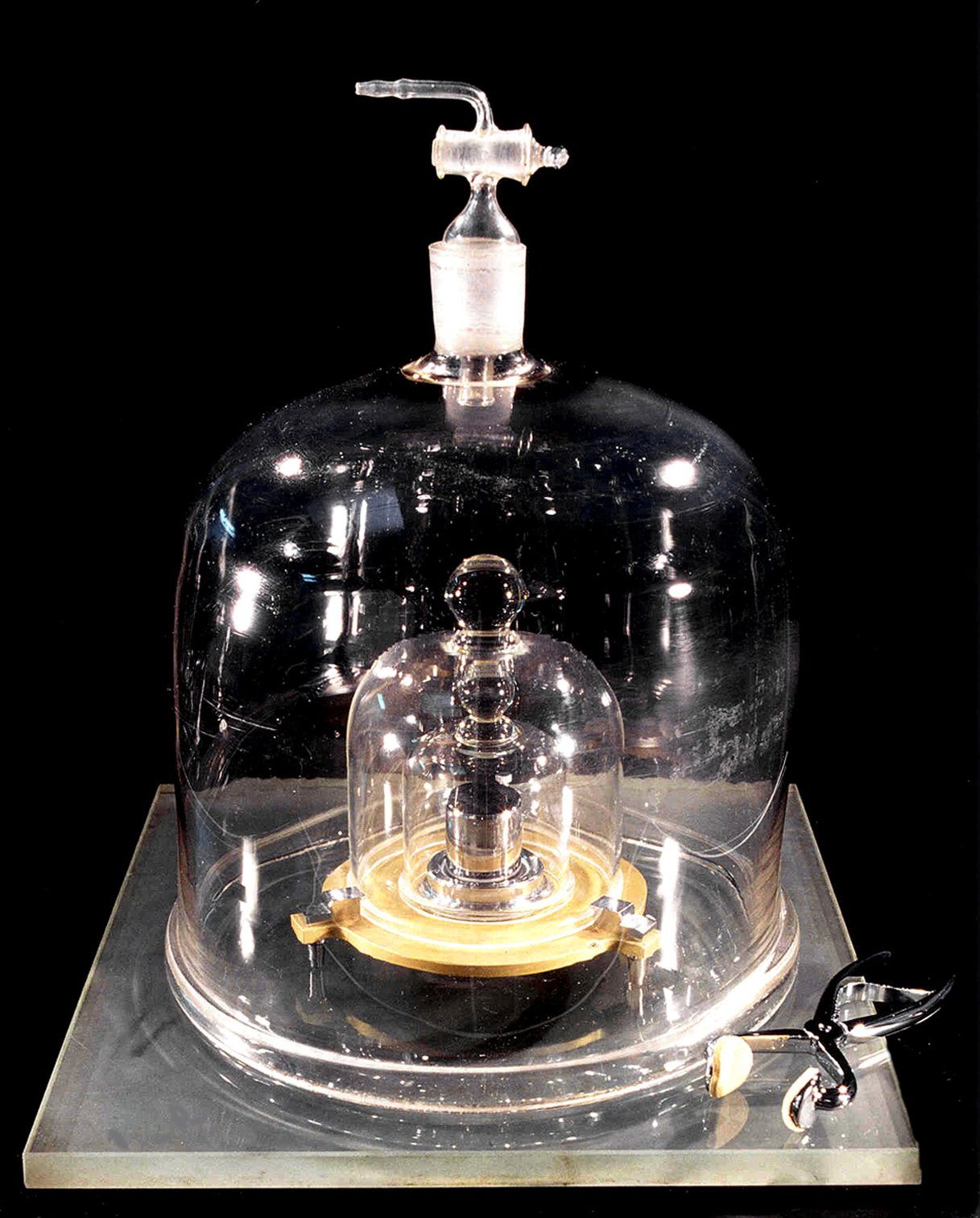The kilogram is the standard for measuring everyday items such as food, body weight, and commodities like silver and gold.
The definition of a kilogram is part of the International System of Units (SI), which is widely used globally in science, industry, and everyday life.
In precious metals, a silver kilogram bar is a standard unit used by investors and large institutions like central banks.
Scientific Definition of a Kilogram
Scientifically, the definition of a kilogram takes the fixed numerical value of the Planck constant ℎ as
6.62607015×10−346.62607015 × 10^{-34}6.62607015×10−34 joule seconds (J·s)The meter and the second are defined in terms of the speed of light and the cesium frequency, respectively. This definition links the kilo to fundamental physical constants, ensuring long-term stability and precision.
The kilogram is crucial for precise measurements in scientific research and various industries. It is widely used in calibrations and standards for manufacturing processes, pharmaceuticals, and materials science.
History of the Kilogram
The history of the kilogram is deeply rooted in the development of the metric system during the French Revolution and has evolved significantly over time.
Kilogram Origins
First defined in 1795 as the mass of one liter (10^-3 cubic meters) of water at the freezing point, the kilogram was part of the metric system developed during the French Revolution to create a uniform system of measurements based on natural constants.
In 1799, scientists redefined the kilogram. A platinum artifact known as the “Kilogramme des Archives” was created as a unit of mass, becoming the basis for the kilo until the late 19th century.
The International Prototype Kilogram (IPK)
The General Conference on Weights and Measures (CGPM) established the International Prototype Kilogram (IPK) in 1889, made of a platinum-iridium alloy.
The IPK was the primary standard for the kilo for over a century, with numerous copies made and distributed to various countries for calibration purposes.
Issues with the IPK and Redefinition Efforts
Over time, it became apparent that the mass of the IPK and its copies could change due to surface contamination or material degradation, leading to inconsistencies.
This prompted the scientific community to seek a more stable and precise definition based on fundamental constants of nature.
The Kilogram Today
On May 20, 2019, the international community redefined the kilogram based on the Planck constant (h), a fundamental constant of nature. This change marked a significant shift from using a physical object to a definition based on a fundamental property of physics.
The new definition uses the fixed numerical value of the Planck constant,
h=6.62607015 × 10−34Jsh = 6.62607015 × 10^{-34} {Js}h=6.62607015 × 10−34Jsalong with definitions of the meter and the second to establish the kilogram. This approach ensures long-term stability and precision. This is also the benchmark for determining today’s gold price per gram.
This redefinition also aligns with the broader goal of basing all SI units on fundamental constants rather than physical artifacts.
Summary
The kilogram’s history reflects the evolution of metrology from practical measurements to exact and stable definitions based on the fundamental constants of nature. The shift from the IPK to a constant-based definition represents a significant milestone in scientific measurement, ensuring greater accuracy and consistency in scientific research and industry.
For more detailed information, you can refer to sources such as:







